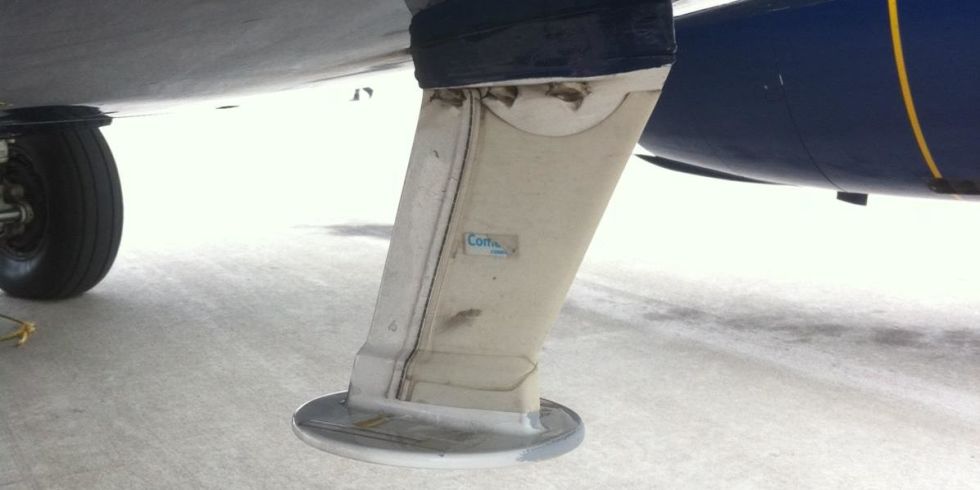In-flight Wi-Fi: It sounds so sweet. But the slow and shoddy service that's been available on many airlines frankly isn't worth the fees or the headaches, unless you desperately need to send that work email in the middle of a flight.
Why is service so poor? According to Vox, it's because most airlines aren't thinking straight about how to do in-flight internet.
Vox points out JetBlue and Southwest as two airlines with better-than-average internet speeds. While those two airlines are known (for now) for having some of the industry's best customer service and treatment, the technical reason for the better service has to with satellites: Their systems relay internet by satellite. This strategy is not going to provide service with mind-blowing speed that can stream shows without buffering, but it will provide steady service that won't hinder your ability to do such outlandish things as check email or look at Facebook.
MOST AIRLINES AREN'T THINKING STRAIGHT ABOUT HOW TO DO IN-FLIGHT INTERNET
By contrast, most other major airlines use Gogo, a provider that essentially relays Internet from the plane to ground stations. The signal uses a limited amount of bandwidth from air to ground. The signal is distributed to the other customers on the plane and results in slow speeds for everyone.
In that sense, then, the airlines' price gouging for getting online is a form of quality control. It effectively reserves more bandwidth for the people who really need to get online—so much so that they'll pay for it.
While Gogo is working on getting satellite based service, most airlines are already locked into Gogo contracts for their current service, so they can neither seek alternatives nor get the new service yet.

Комментариев нет:
Отправить комментарий